In my previous post I wrote a guide about the fundamentals of DeFi and how to get started with DeFi. The guide was mainly focused on Ethereum and it's sidechains, because Ethereum has proven itself over the past years as a worthy platform.
However, there are quite some (new) competitors that claim to be better than Ethereum in terms of security, decentralization and scalability. Although it's worth noting that some of these projects are still in their infancy stage, it could be possible that one day, Ethereum will be kicked off its throne by one of them.
Let's take a look at the list of competitors:
- Cardano
- Algorand
- Harmony
- Fantom
- Solana
- Cosmos
- Tezos
- Polkadot
As you can see, the list is pretty big. And because it can be a bit confusing for new investors how exactly one project distinguishes itself from another, I thought it would be a great idea to dedicate this post to describe their unique features and goals in a few sentences. Please note that the listing has nothing to do with how well the projects are performing compared to each other.
Cardano
Cardano is an open source blockchain project that has been developed in layers to run financial applications that can be used by companies, consumers and governments worldwide. It can be used to send and receive digital money, allowing for fast and instant transactions that are cryptographically secured. The project has a layered development that allows the dedicated team of coders and engineers to easily maintain and upgrade the blockchain with soft forks. ADA is the blockchain's currency token.
Like Ethereum, Cardano wants to have the ability to run decentralized applications or dApps in the future. Once work on this ADA settlement layer is complete, the Cardano team will build a single smart contract processing layer covering financial regulations and legal agreements.
Unlike other blockchain projects, Cardano is the only project that takes a research-oriented / scientific approach to develop its blockchain, which is built by an expert and experienced team of engineers and academics. The primary goal of the blockchain is to provide scalable, secure and robust technology for running financial applications that can be reliably used by millions of consumers every day. That's why the project team used the same meticulous approach used in mission-critical banking systems.
The long-term vision of the blockchain and its cryptocurrency aligns the challenges and requirements of both users and regulators, giving them a way to participate and communicate seamlessly. This innovative style of regulatory digitization is likely to provide financial freedom and inclusion to millions of users worldwide, who currently lack access to financial services for a variety of reasons. On the one hand, the underlying network ensures regulatory efficiency; on the other hand, the ADA token ensures fast and affordable money transfer.
Algorand
Algorand is a public cryptocurrency blockchain network and protocol that focuses on providing decentralization, scaling, and security for all network participants.
The network is powered by ALGO. The users who own ALGO can automatically participate in the protocol's functionalities, including participating in consensus by proposing and voting on blocks, in proportion to the amount of ALGO they own. Algorand is distinguished by its fast transaction processing, cheap and decentralized consensus and the fact that the network has no forks.
The Algorand blockchain aims to solve the three main problems that blockchains generally face: security, scalability and decentralization. To solve these problems, Algorand has developed the consensus algorithm Pure PoS. Pure PoS links the network's security to the honesty of the majority. This form of Proof-of-Stake does not contain a built-in sanction mechanism, also known as slashing, that 'punishes' a network participant if they misbehave.
As long as 2/3 of the network works honestly, the protocol will continue to work without problems. So it does not pay off to cheat in the network because you will be automatically locked out. Security is thus guaranteed.
Harmony
Harmony's blockchain focuses mainly on high scalability and low transaction costs. It is designed to power a decentralized economy.
The Harmony team realized this by doing a lot of research into the problems that blockchains encounter. The blockchain has been development in such a way that it can always be easily optimized in the future.
In practice, Harmony helps companies create marketplaces for the use of fungible tokens and non-fungible tokens (NFTs). User privacy is a top priority at Harmony, which is why Harmony also uses its 'Zero Knowledge Proof' to enable data exchange with an eye for consumer privacy.
The Harmony protocol uses the latest design principles, such as sharding and pipelining. This allows the network to handle many different transactions in parallel. This means that there will be no bottlenecks for transactions conformations.
In essence, the approach of Harmony greatly reduces connection slowness and allows transaction throughput to be scaled as the network grows.
Fantom
The Fantom Foundation is a company working on a platform that includes fast, scalable and distributed Directed Acyclic Graph (DAG)-based registers that use aBFT principles to achieve consensus. They also made a new compiler that can authenticate a virtual machine to run the smart contract.
So, Fantom's project makes it possible to use smart contracts within DAG-based systems. It does this with the Lachesis protocol. The nodes do not need to know anything about the existence of the other nodes in the network. They can just do their own job. This contributes to the high scalability of the network.
Fantom's mission is to ensure better compatibility between all transaction systems. It does this with DAG technology and a new, highly reliable infrastructure, which enables transactions and data exchange in real time. The project also aims to develop a new verifiable compiler and virtual machine to automatically verify whether a node is reliable enough to create and manage smart contracts.
There are three blockchains in the Fantom architecture:
- Node Service (NS) blockchain
- OPERA chain
- Mainchain (MC) blockchain
The NS blockchain stores the network's node identifiers. OPERA is a focused cyclic diagram made up of event blocks. Blockchain MC is the main chain, where event blocks are stored and replenished by the network.
Solana
Solana's blockchain is based on eight different innovations that fundamentally support the project. It is an open source project that publishes the programming code and makes it accessible to others. It was founded in January 2018 and the mainnet has been online since March 2020. The company's goal is to develop the fastest single-layer solution for decentralized applications (dApps).
To maintain a consensus on the network, participants must align themselves with a common time. Proof of History (PoH) creates a protocol that can prove that a particular event occurred at a particular time. So it is not the local clock times of the individual nodes that are important, but the time of the common database. Delays in the network have no negative effect on the speed of the network, unlike, for example, the Bitcoin blockchain.
Solana has implemented various features to improve its blockchain:
- Sea level
- Tower PFT
- Pipeline
- Turbine
Sealevel allows smart contracts to work in parallel with each other. This allows the Solana blockchain to be much more scalable. Other blockchains, such as EOS WASM, rely on a single smart contact that changes the state.
Tower PFT is a proprietary implementation of PBFT (Practical Byzantine Fault Tolerance) and reduces latency. Here the Proof of History serves as a common global time source in the network.
Pipeline enables the Solana blockchain to process multiple data streams from different hardware devices at the same time. So this is about the nodes. By cleverly arranging the individual flows, the resources are optimized.
To achieve high scalability, Solana relies on BitTorrent and the UDP (User Datagram Protocol). This also increases security. With 50,000 transactions per second, the Solana blockchain is one of the fastest blockchains available today. At the same time, a fee of only 0.0001 US dollar is charged per transaction.
Cosmos
The Cosmos network started in 2014 under the name Tendermint and was founded by the programmers Jae Kwon and Ethan Buchman. The goal of Tendermint was to develop a new consensus algorithm that is a lot more efficient than Bitcoin's. This was a success and as a next step, the founders started developing the Cosmos protocol, of which the previously developed Tendermint consensus algorithm is an essential part. In March 2017, an ICO for the ATOM token was launched, raising just over $17 million.
A few years later the team behind Cosmos still continues to impress. The technology works, the network is live and quite a few applications are already being built on “the internet of blockchains”. The network is popular among programmers because it solves three major problems of blockchain technology; scalability, complexity and interoperability.
Currently, blockchain technology is still very complex and only a fraction of the number of global programmers can build applications on it. To make this as simple as possible, the Cosmos team has made two technologies available.
The first is the Tendermint BFT engine. This makes it possible for programmers to launch blockchains on the network without having to code them from the foundation. The Tendermint BFT engine ensures that the different blockchains are in sync with the entire network.
The second is the Cosmos Software Development Kid (SDK). This can be used by programmers to build blockchains for specific applications on top of the Cosmos network. The SDK has many different components that can be integrated individually or together, for example software for tokens, votes, staking, software upgrades and data handling. This prevents the wheel having to be reinvented every time and programmers can build on the software from the rest of the network.
To improve interoperability, Cosmos has developed a standard: The InterBlockchain Communication (IBC) protocol. This is a protocol that programmers can use to send data between different blockchains within the Cosmos network. The idea behind the IBC protocol is the same as the TCP/IP protocol, which has enabled communication between different computers, and thus the Internet.
Every independent blockchain on Cosmos is called a “zone”. Each zone can determine its own rules, such as issuance of tokens, execution of transactions, account verification and changes to the blockchain. All this information is passed to the Cosmos Hub.
Tezos
Tezos was founded in 2014 by Arthur Breitman and Kathleen Breitman. It is a cryptocurrency that mainly focuses on self-governance. Tezos wants to become the first self-driving decentralized cryptocurrency. Many other crypto projects are still very dependent on a central party or a number of core developers. However, the Tezos blockchain is 100% controlled by the community.
There are a number of important features that make Tezos and the XTZ coin different from other crypto projects such as Ethereum. These features can be categorized in: Governance, Consensus and formal verification.
Governance at Tezos, such as determining the direction of the project, is done onchain. This means that developers can submit a proposal if they want to make a change within the blockchain. Usually, this proposal lists the changes the developers want to make, as well as the fees they think they will need to make those changes. The people who are in possession of XTZ can then vote for this proposal and thus a democratic decision can be made in which direction the project will go.
Another advantage of this is the incentive it creates. Because developers can submit their own proposals and can also request a fee for this, it is stimulated to improve the project. This also ensures that developers are no longer dependent on donations or other parties. It is fully funded by the Tezos community itself.
Tezos uses Delegated Proof of Stake for the consensus. With Tezos, users can choose to run a node themselves. However, this requires a high amount of XTZ. With Delegated Proof of Stake it's possible to make your coins (XTZ coins) available to a delegate. This delegate is responsible for the consensus and control of transactions. The delegate is basically 'virtually mining'.
Formal verification is often used in combination with smart contracts. This is one of the ways to check whether a smart contract is properly set up and working correctly. The programming language that is used for writing smart contracts on the Tezos blockchain is Micelson.
Polkadot
Polkadot was launched in 2016 and is run by the Web3 Foundation to build a free and decentralized web. The foundation has contracted with Parity Technologies to build its protocol. The founders of Polkadot are Gavin Wood, Czaban and Habermeier. Gavin Wood, in particular, is also one of the co-founders of Ethereum, bringing a sense of legitimacy and trust to cryptocurrency enthusiasts.
Polkadot consists out of 3 types of chains:
- Relay chain
- Parachains
- Bridges
The absolute core of Polkadot is the so-called Relay Chain. All switched blockchains on Polkadot are individually linked to the Relay Chain and are connected to each other via the Relay Chain. The Relay Chain has the responsibility to ensure agreement between the various blockchains and ensures that they can communicate with each other via the XCMP.
All nodes that need to validate via the Polkadot protocol that stake DOT tokens on the Relay Chain. The Relay Chain has the job of ensuring that simultaneous transactions on different parachains can be processed and validated at the same time. Thanks to sharding, Polkadot ensures that the protocol is scalable. The Relay Chain is indirectly controlling the Parachains.
The Parachains manage the individual blockchains of end users. These can also receive or deploy their own token economics for their own blockchain landscape.
Parachains can be fully optimized for a specific need or application within a unique blockchain. This is extremely interesting for many parties. Polkadot guarantees that the blockchain can work seamlessly, cheaply and quickly with other blockchains via the Parachains and the Relay Chain.
Despite the fact that scalability is a big advantage of Polkadot, there are limits to the number of parachains that can be made available. Parties can participate in auctions and bid to obtain a parachain (their own blockchain within Polkadot).
Bridges are Polkadot's solution for cross-chin communication. This makes it possible, for example, to allow the Bitcoin blockchain to communicate with an ERC20 blockchain (such as Ethereum).
Despite the fact that blockchains such as Bitcoin and Ethereum are perfectly capable of operating independently, they need a bridge to work together. Thanks to bridges, the Polkadot protocol is thus able to realize the interoperability of cross-chain applications.
In terms of features, Polkadot can be best compared to the Cosmos blockchain.
Conclusion
As we have seen, there are many projects that could be the next Ethereum-killer. However, keep in mind that during a bull market investors tend to be in an "euphoric state", thinking every project can be the next best thing. Only time will tell which projects will be adopted by the masses and which projects will remain on the background or even worse, fade away.
- If you found this post helpful, you might like my DeFi guide. This guide will help you getting started with both fundamentals and practical matters of DeFi.
If you're interested in why you should-/want to- use DeFi, the following posts could be useful for you:
- Liquidity Pools
- Lending and Borrowing
- Yield Farming
- Indices
- Derivatives
- Margin Trading
- Wrapped Bitcoin
- Stablecoins
EDIT: Please let me know if I forgot a project, I can add it to the list.
EDIT 2: Binance Smart Chain is not added to this list because it's officially not classified as DeFi.
[link] [comments]

You can get bonuses upto $100 FREE BONUS when you:
💰 Install these recommended apps:
💲 SocialGood - 100% Crypto Back on Everyday Shopping
💲 xPortal - The DeFi For The Next Billion
💲 CryptoTab Browser - Lightweight, fast, and ready to mine!
💰 Register on these recommended exchanges:
🟡 Binance🟡 Bitfinex🟡 Bitmart🟡 Bittrex🟡 Bitget
🟡 CoinEx🟡 Crypto.com🟡 Gate.io🟡 Huobi🟡 Kucoin.




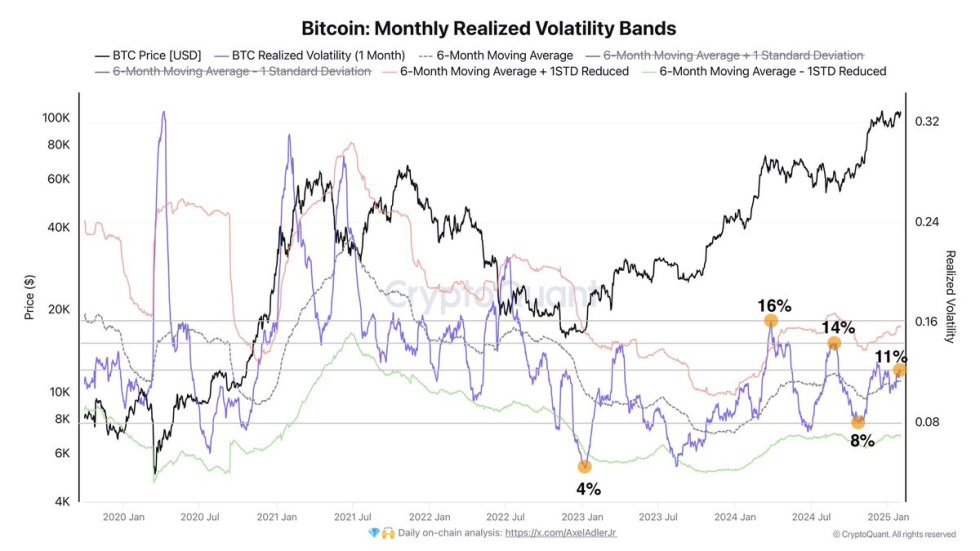
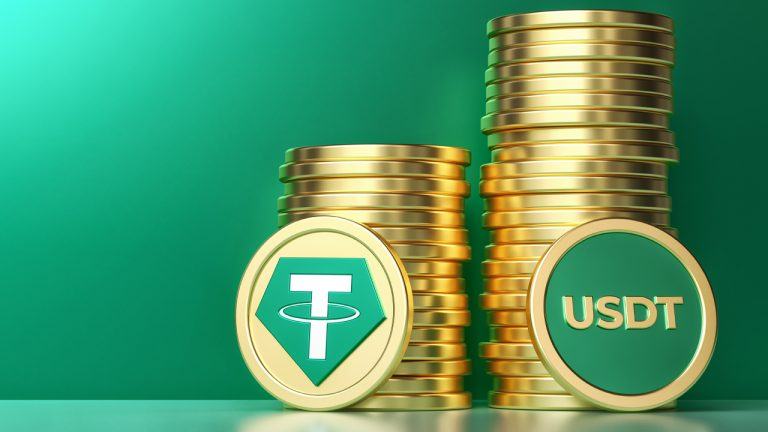
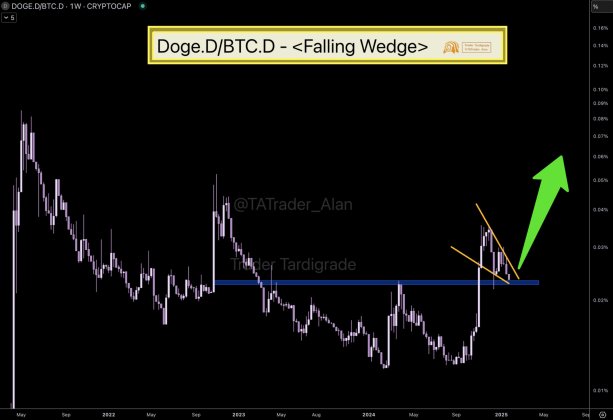




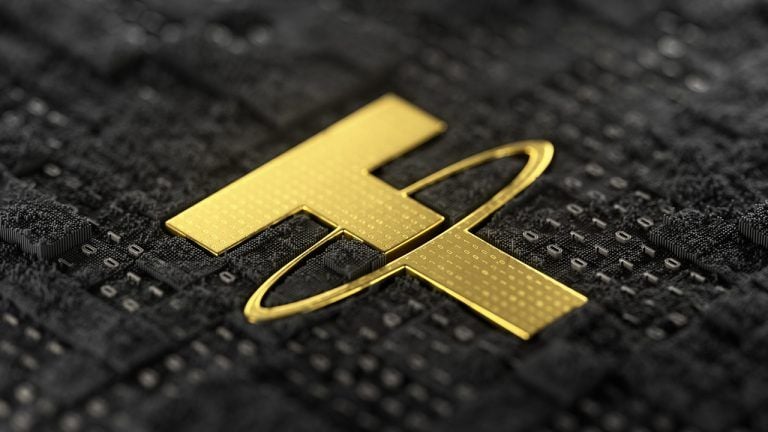

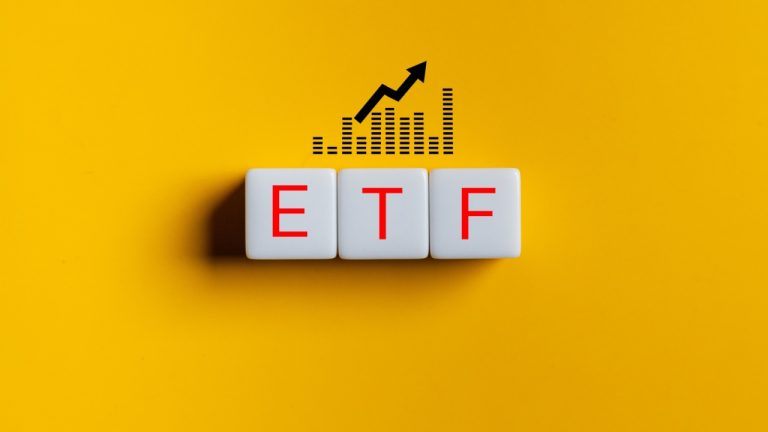
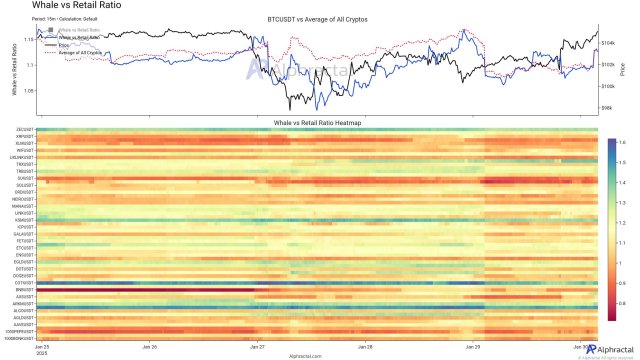


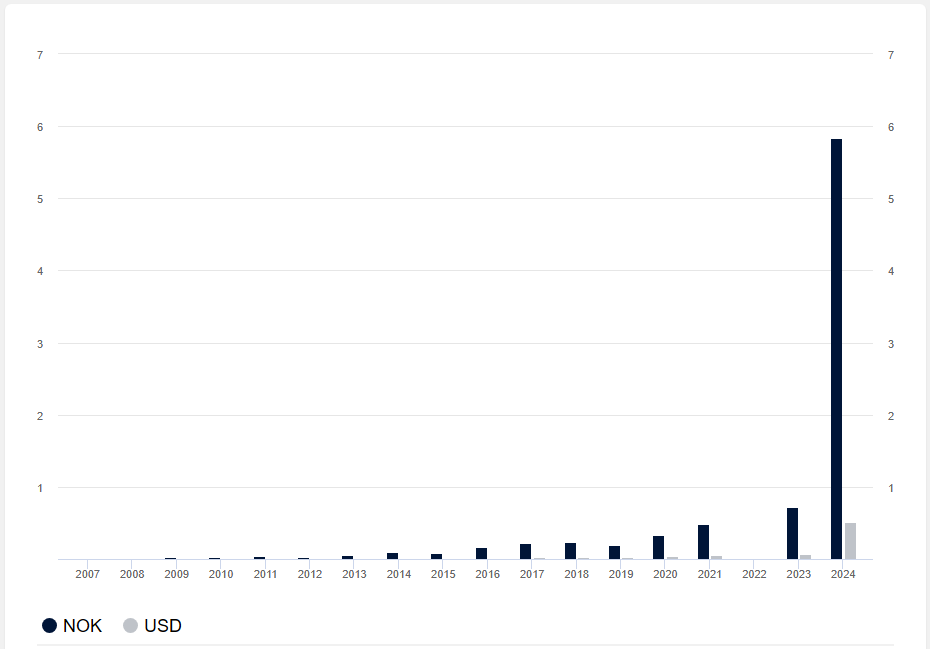

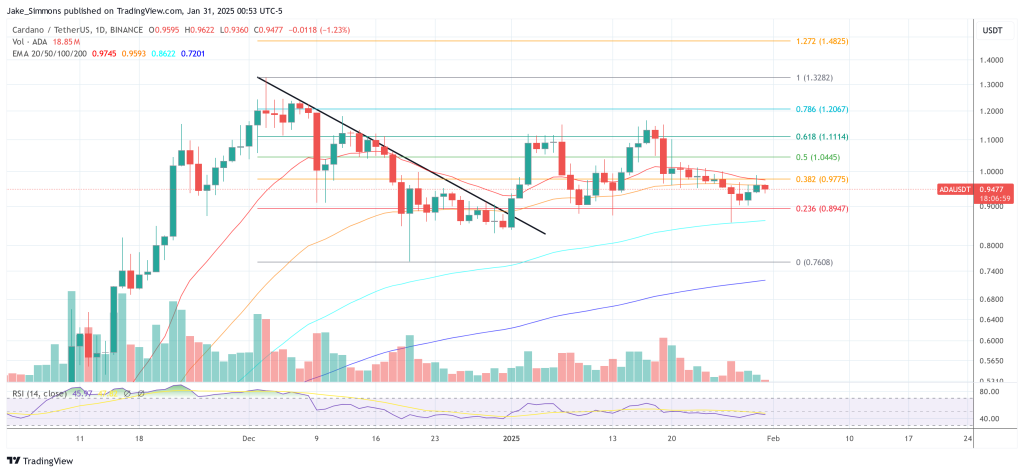
Comments